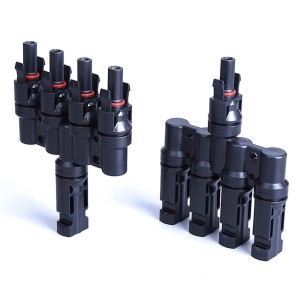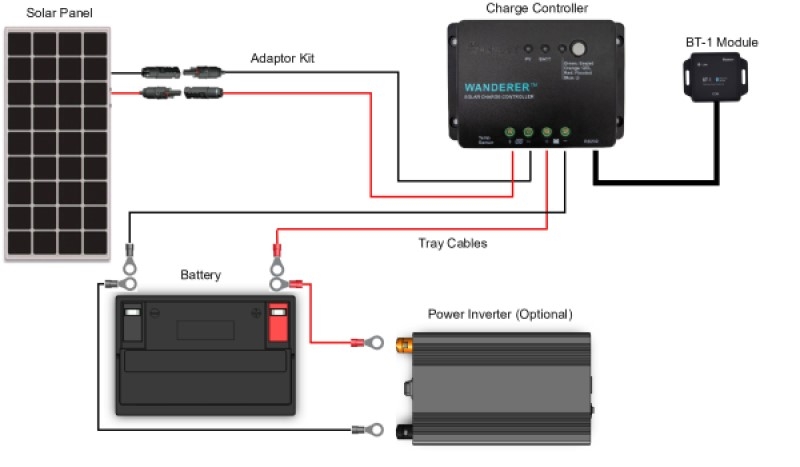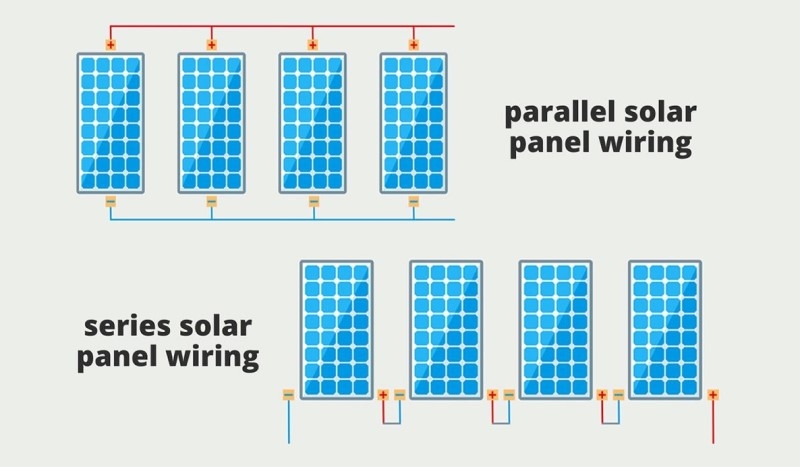The portable solar generator can convert sunlight into electricity to power equipment in a variety of unpowered environments. It is highly flexible with the advantages of compact size, easy to carry and safe to use. Imagine living off-grid by simply carrying a compact device with you and using sunlight to easily obtain power anywhere, no longer restricted by the power supply. By following the steps described below, you can DIY your own portable solar generator with just a few simple materials.
Components Required:

- Solar Panel: The most important component of the solar power station. It is used to absorb solar energy and convert it into electricity.
- Solar Battery: It is used to store electrical energy. Remember to equip it with a battery box.
- Solar Charge Controller: It is used to regulate the power of the panel for charging the battery, prevent overcharging and short-circuiting, etc., and prolong the service life of the battery.
- Power Inverter: It is used to convert the DC power stored in the solar battery into AC power that can be used for general appliances.
- Steel: Use this to make a sturdy stand. It may need to be perforated.
- Cables and Connectors: The bridge that connects all the components.
Before starting the assembly, bear in mind that you must choose the appropriate components! You need to choose the right solar panel according to the local sunshine condition, sunshine time and the power required by devices, common portable solar panels have 30W, 60W, 100W and other power specifications. It should be noted that the power of the panel affects the voltage and current, and you need to match the panel and battery based on this. For example, a 12V battery can be charged by an 18V panel, while a 24V battery can be charged by a 36V panel. Batteries also have a variety of types, commonly used lead-acid batteries, nickel-metal hydride batteries and lithium-ion batteries, their efficiency, service life and price are not the same, according to the actual need to choose the most suitable type of battery.
How to Assemble:
- Use steel to build a stand to which you can attach your solar panels. Find the best position and angle to absorb sunlight in order to collect as much solar energy as possible.
- First, connect the solar charge controller to the battery.
- Then, connect the controller to the panel. With proper wiring and full sunlight, there will be a digital display on the controller.
- Finally, connect the battery to the power inverter. When you have finished, check that all the parts are connected correctly and test the generator to see if it will run properly. If everything is fine, the solar generator can be used at this point.

If multiple solar panels are to be used in one solar generator, they can be connected together using either series or parallel connections.
To use a series connection, you should connect the positive terminal of the first panel to the negative terminal of the second panel to form the first series group. If there are more panels to connect, connect the positive terminal of the first series group to the negative terminal of the third panel to form the second series group. And so on, after all the panels have been connected together, connect the positive terminal of the last series group to the positive terminal of the controller and the negative terminal of the first panel to the negative terminal of the solar charge controller.
If you want to use parallel connection, you need to follow the principle of positive to positive, negative to negative, connect multiple panels one by one and then just connect them to the controller.
Series connection can increase the output voltage, but the power remains the same; parallel connection can increase the output current, but the voltage remains the same. It should be noted that the series connection applies to panels with the same voltage, otherwise it may lead to component damage.

Overall, making a portable solar generator of your own is not difficult, you just need to prepare the required materials and tools in advance and follow the steps carefully. If you think it is difficult to assemble it by yourself, buying a pre-assembled finished solar power generator will be a good choice, and you may be able to save more money. PowerHome specializes in selling solar powered generators and their components and is committed to providing the best quality service at the lowest prices. Whether you want to do the assembly yourself or purchase the finished product, PowerHome is the place to go.
(1).png)
(1).png)